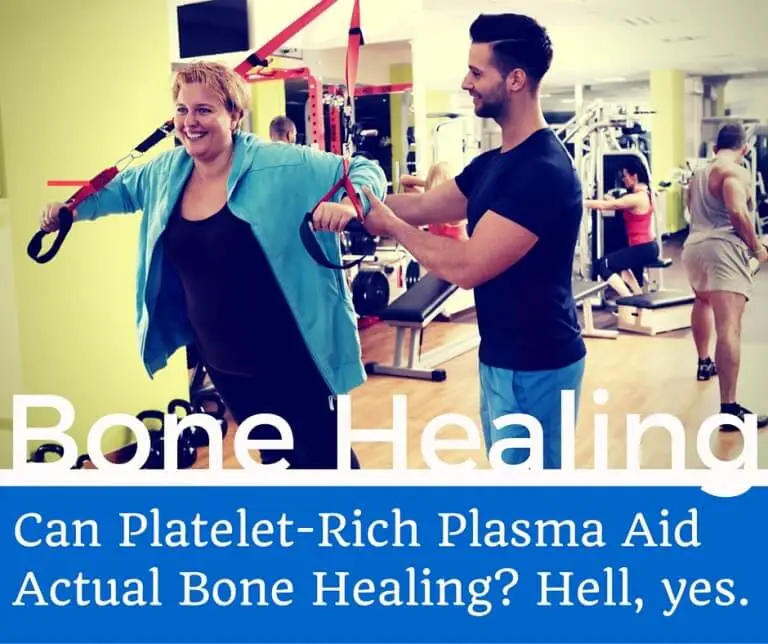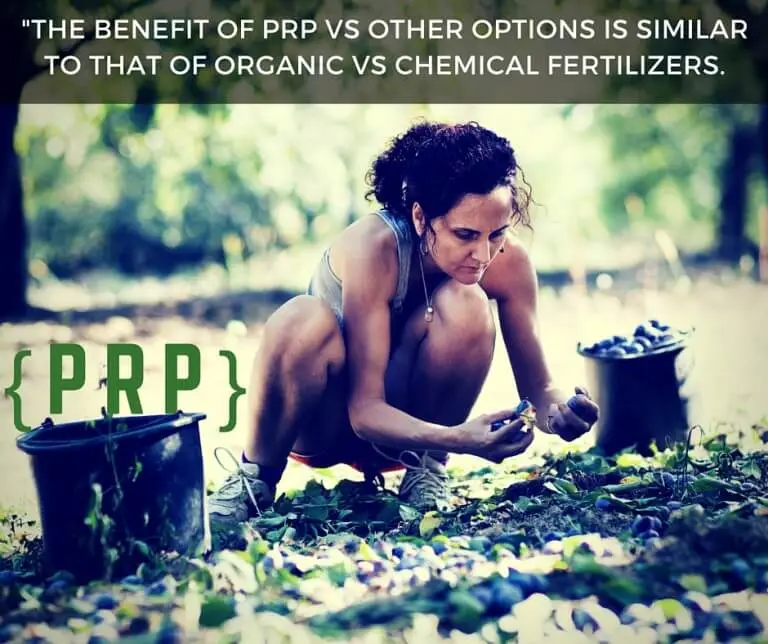| Item | Price | Qty | Total | |
|---|---|---|---|---|
 Loading Cart...
Loading Cart...Platelet-Rich Plasma For Bone Healing: Myth or Fact?

Platelet-Rich Plasma has a proven record for healing soft-tissues and other living tissues. But can it actually heal the bones itself?
This could mean PRP, when applied to an affected area whether it’s an elbow joint or knee or back bone area, actually heals everything within it’s reach including the bones. Is that really why PRP actually works?
Let’s examine.
Platelet-Rich Plasma For Bone Healing
Bones are not just lifeless matter attached to living tissues. It’s as much living as the tissues themselves. And just like the tissues, it’s constantly changing too. The old bone cells are broken down and replaced with new ones in a three-part process called bone remodeling the involves resorption (digestion of old bone cells), reversal (new cells are birthed) and formation (new cells turn into fully formed bones).
This process, just like any other biological processes in the body, requires hormones and growth factors. Some of the names include parathyroid hormone (PTH), calcitriol, insulin-like growth factors (IGFs), prostaglandins, tumor growth factor-beta (TGF-beta), bone morphogenetic proteins (BMP), and plain old cytokines. For this discussion we need to remember only one thing: a large cytokines and growth factors are involved in bone remodeling process.
Which means we accelerate the bone remodeling process by supplying these cytokines and growth factors as suggested by studies like this, this, this, this, this and this.
Why Platelet-Rich Plasma?
Autologous Platelet-Rich Plasma (PRP), being completely “whole and natural” can more closely simulate a highly efficient in-vivo situation that anything else out there that are made up of artificial recombinant proteins. In PRP, we are taking advantage of the biological benefits of growth factors whose functions we know as well as those we do not know of yet. From the 15+ factors we know are in PRP including platelet derived growth factor (PDRF), transforming growth factor-beta (TGF-beta), platelet factor 4 (PF4), interleukin 1 (IL-1), platelet-derived angiogenesis factor (PDAF), vascular endothelial growth factor (VEGF), epidermal growth factor (EGF), platelet-derived endothelial growth factor (PDEGF), epithelial cell growth factor (ECGF), insulin-like growth factor (IGF), osteocalcin (Oc), osteonectin (On), fibrinogen (Fg), vitronectin (Vn), fibronectin (Fn) and thrombospontin-1 (TSP-1)… we’re actually supplying a “holistic” set of nutrients for healing that cannot be mimicked by those obtained artificially.

Organic Fertilizers For The Body
The PRP difference is like adding chemical fertilizers versus organic fertilizers on plants. Chemical fertilizers are rich in essential nutrients that we know are needed for crops. On the other hand, organic fertilizers supply nutrients not only to the plants but also to the soil, improving the soil structure and tilth, water holding capacity, reduces erosion as well as promote slow and consistent release of nutrients to the plants itself.
Clearly, organic fertilizers are better, aren’t they?
Platelet-Rich Plasma are like organic fertilizers for our body.
Bonus: Strong Antimicrobial Properties
It seems that the Platelet-Rich Plasma’s healing function has synergistic function to anti-microbial properties. A new study confirms that using Platelet-Rich Plasma in surgeries may have the potential to prevent infection and to reduce the need for costly post-operative treatments.
That’s a nice bonus for the organic fertilizer of our bodies. Perhaps, there are more. So why wouldn’t anyone not take advantage of them?
The scope of Platelet-Rich Plasma is growing as the scientific community continues to unearth its inherent properties. PRP is an unignorable, and unavoidable component of healing.


